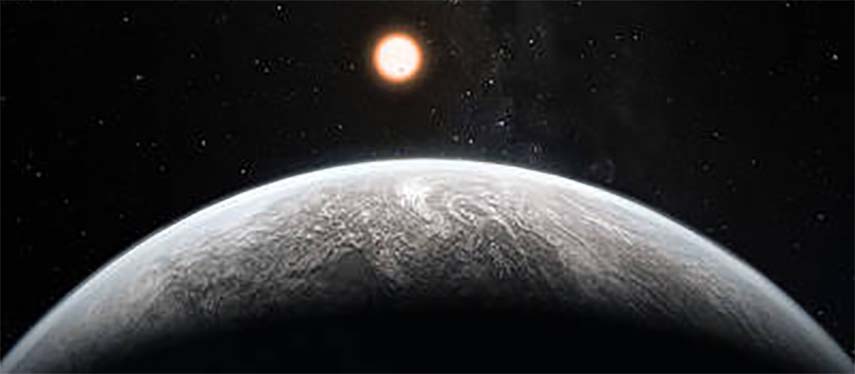NASA’s Transiting Exoplanet Survey Satellite (TESS), set to launch today (16 April 2018), is the next step in the search for planets outside of our solar system, including those that could support life.
The mission will find exoplanets that periodically block part of the light from their host stars, events called transits.
TESS will survey 200 000 of the brightest stars near the sun to search for transiting exoplanets.
The worlds orbiting other stars are called “exoplanets,” and they come in a wide variety of sizes, from gas giants larger than Jupiter to small, rocky planets about as big around as Earth or Mars. They can be hot enough to boil metal or locked in deep freeze
The Milky Way is the thick stream of stars that cuts across the sky on the darkest, clearest nights. Its spiraling expanse probably contains about 400-billion stars, our Sun among them. And if each of those stars has not just one planet, but, like ours, a whole system of them, then the number of planets in the galaxy is truly astronomical.
Humans have been speculating about such possibilities for thousands of years, but ours is the first generation to know, with certainty, that exoplanets are really out there. In fact, way out there. Our nearest neighbouring star, Proxima Centauri, was recently found to possess at least one planet – probably a rocky one. It’s 4,5 light-years away – more than 40-trillion kilometres.
The bulk of exoplanets found so far are hundreds or thousands of light-years away.
NASA’s Kepler space telescope, launched in 2009, has found nearly 2 700 confirmed exoplanets this way. Now in its “K2” mission, Kepler is still discovering new planets, though its fuel is expected to run out soon.
TESS, in turn, will reveal the best candidates for a closer look with the James Webb Space Telescope, currently scheduled to launch in 2020.
The Webb telescope, deploying a giant, segmented, light-collecting mirror that will ride on a shingle-like platform, is designed to capture light directly from the planets themselves. The light then can be split into a multi-colored spectrum, a kind of bar code showing which gases are present in the planet’s atmosphere.
Webb’s targets might include “super Earths,” or planets larger than Earth but smaller than Neptune – some that could be rocky planets like super-sized versions of our own.
Picture: This rocky super-Earth is an illustration of the type of planets future telescopes, like TESS and James Webb, hope to find outside our solar system.
Credits: ESO/M. Kornmesser

